Home>Gardening & Outdoor>Landscaping Ideas>How To Keep Grass Seed From Washing Away On A Slope
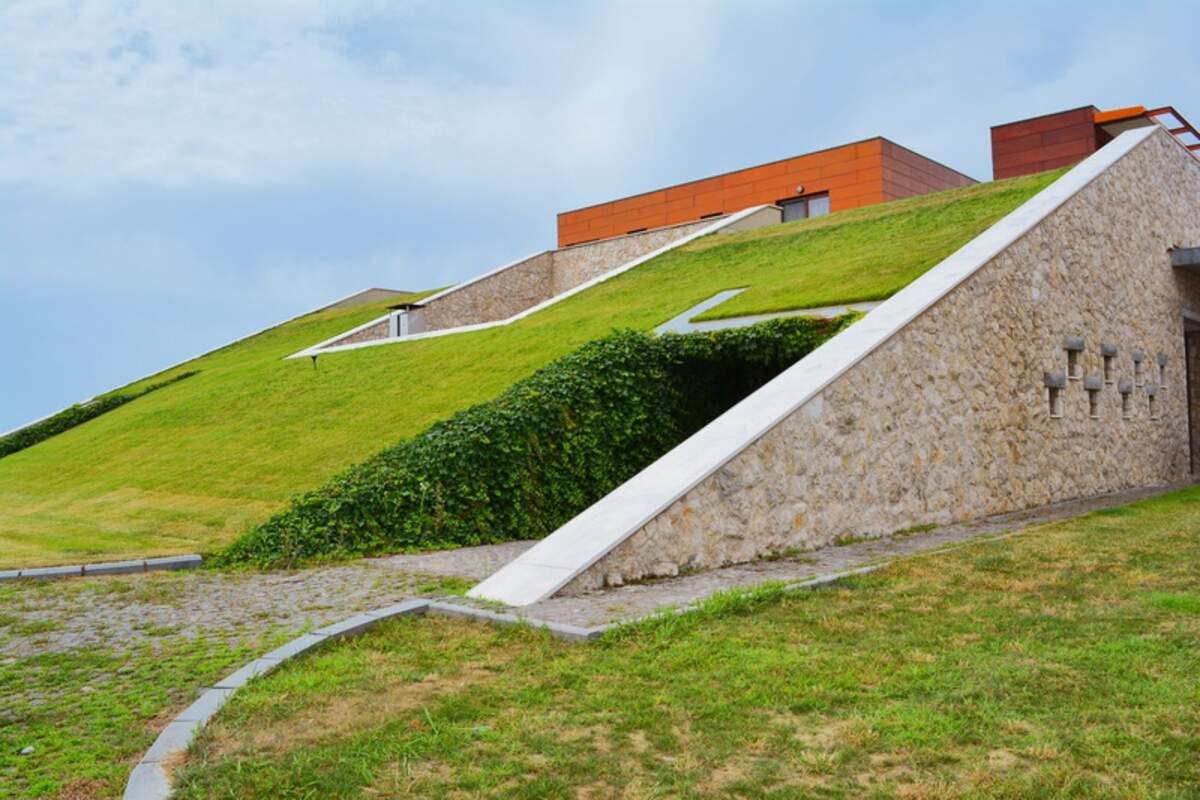

Landscaping Ideas
How To Keep Grass Seed From Washing Away On A Slope
Modified: September 2, 2024
Learn effective landscaping ideas to prevent grass seed from washing away on slopes. Discover expert tips for successful slope maintenance.
(Many of the links in this article redirect to a specific reviewed product. Your purchase of these products through affiliate links helps to generate commission for Storables.com, at no extra cost. Learn more)
Introduction
When envisioning a lush, vibrant lawn, the image of a gentle, sloping landscape often comes to mind. However, the reality of maintaining a grassy incline can present unique challenges, particularly when it comes to preventing grass seed from washing away. The erosion caused by heavy rainfall or irrigation can thwart the growth of newly planted grass seed, leaving unsightly patches and undermining all your hard work.
Fortunately, there are effective strategies to combat this issue and ensure the successful establishment of grass on a slope. By understanding the factors contributing to seed displacement and implementing the appropriate measures, you can safeguard your grass seed and nurture a flourishing, verdant slope.
In this comprehensive guide, we will explore the essential steps for keeping grass seed from washing away on a slope. From selecting the right grass seed to implementing protective measures, this article will equip you with the knowledge and techniques needed to conquer the challenges of slope landscaping. Let's embark on this journey to transform your sloping terrain into a captivating tapestry of greenery.
Key Takeaways:
- Choose the right grass seed for your slope based on sunlight, soil, and climate to ensure a resilient and thriving lawn.
- Protect your grass seed from erosion by using erosion control blankets and regular maintenance to nurture a lush, green slope.
Read more: How To Keep Insects Away From The Patio
Understanding the Problem
Before delving into solutions, it’s crucial to grasp the underlying factors that contribute to the displacement of grass seed on a slope. One of the primary culprits is the natural force of gravity, which can cause water to flow downhill, carrying the seeds along with it. Additionally, the absence of adequate ground cover and root systems on a newly seeded slope leaves the soil vulnerable to erosion, further exacerbating the issue.
Compounding these challenges is the composition of the soil itself. The lack of organic matter and soil structure on a slope can impede water absorption and retention, making it easier for seeds to be dislodged during heavy precipitation or irrigation. Moreover, the angle of the slope can intensify the speed and volume of water runoff, amplifying the risk of seed displacement.
It’s also essential to consider the specific climate and weather patterns in your region. Areas prone to sudden, heavy downpours are particularly susceptible to erosion, necessitating tailored solutions to mitigate the impact on newly sown grass seed. Understanding these environmental dynamics is pivotal in devising a targeted approach to safeguarding the seed and promoting successful germination.
By comprehending these factors, you can adopt a proactive stance in addressing the challenges posed by slope erosion. With this knowledge as our foundation, we can now explore the strategic measures and best practices for preventing grass seed from washing away on a slope.
Choosing the Right Grass Seed
When embarking on a landscaping project involving a sloped terrain, selecting the appropriate grass seed is a pivotal first step. The choice of grass species should align with the specific conditions of the slope, including its exposure to sunlight, soil composition, and regional climate. Opting for a grass variety that thrives in your local climate and is well-suited to sloping landscapes can significantly enhance the resilience and longevity of your lawn.
For slopes that receive ample sunlight, warm-season grasses such as Bermuda grass and Zoysia grass are excellent choices. These varieties are renowned for their robust growth and tolerance to heat, making them well-suited to slopes with high sun exposure. Conversely, if your slope is shaded for a significant portion of the day, cool-season grasses like fescue and bluegrass are better equipped to thrive in these conditions.
It’s also crucial to consider the soil composition and drainage capabilities of the slope. For slopes with poor soil structure and drainage, opt for grass seed blends that include species known for their erosion control properties, such as fine fescues and perennial ryegrass. These varieties can help stabilize the soil and mitigate erosion, bolstering the long-term health of your slope.
Furthermore, selecting grass seed blends specifically formulated for erosion control can provide added protection against seed displacement. These specialized blends often contain fast-establishing grass species with robust root systems, enhancing the slope’s stability and resilience to erosion forces.
By carefully assessing the unique characteristics of your slope and choosing grass seed tailored to its specific needs, you can lay a strong foundation for a thriving, erosion-resistant lawn. The next crucial step is to prepare the soil to create an optimal environment for the successful germination and growth of the selected grass seed.
Preparing the Soil
Effective soil preparation is paramount to creating an environment conducive to the successful establishment of grass seed on a slope. The first step in this process is to assess the soil composition and structure. On slopes, soil erosion can deplete essential nutrients and organic matter, compromising the fertility and stability of the terrain. Conduct a thorough analysis of the soil to determine its pH levels, nutrient content, and overall health.
Once the soil analysis is complete, address any deficiencies by incorporating organic matter, such as compost or well-rotted manure, to enhance soil fertility and structure. Amending the soil with organic materials not only enriches its nutrient content but also improves its water retention capacity, mitigating the risk of seed displacement due to runoff.
Furthermore, consider employing erosion control measures such as installing retaining walls, terracing, or erosion control blankets to fortify the soil and minimize the impact of water runoff. These interventions can bolster the stability of the slope, providing a secure foundation for the grass seed to take root and flourish.
Prior to seeding, it’s essential to ensure that the soil is adequately compacted to prevent excessive erosion and facilitate optimal seed-to-soil contact. Utilize a roller or tamper to compact the soil gently, creating a firm yet receptive bed for the grass seed. This step is crucial for enhancing seed germination and minimizing the risk of seed displacement during watering or rainfall.
By meticulously preparing the soil and fortifying its structure, you can establish a nurturing environment that promotes the successful germination and growth of grass seed on a slope. With the groundwork laid, the next phase involves the strategic application of the selected grass seed to initiate the transformation of your sloping terrain into a flourishing green expanse.
To keep grass seed from washing away on a slope, use erosion control blankets or mats to hold the seed in place and prevent it from being washed away by rain or irrigation. These blankets are made of natural or synthetic materials and help to stabilize the soil while allowing the grass seed to germinate and grow.
Applying the Grass Seed
When it comes to seeding a slope, employing the correct techniques and timing is essential to maximize the likelihood of successful germination and minimize the risk of seed displacement. Begin by utilizing a broadcast spreader to evenly distribute the grass seed across the slope. This method ensures uniform coverage and promotes consistent growth, mitigating the potential for patchy or sparse areas in the lawn.
It’s advisable to divide the total amount of grass seed into two equal portions, applying the first half in a horizontal direction across the slope and the remaining portion in a vertical direction. This cross-hatching approach enhances seed distribution and encourages comprehensive coverage, enhancing the density and resilience of the emerging grass. Additionally, be mindful of the seed density, as overseeding can lead to overcrowding and hinder the healthy development of the grass.
After sowing the grass seed, gently rake the soil to cover the seeds with a thin layer of soil. This protective covering shields the seeds from exposure and minimizes the risk of displacement caused by water runoff or wind. Avoid burying the seeds too deeply, as this can impede germination, and ensure that they remain in direct contact with the soil to facilitate optimal growth.
As the final step in the seeding process, lightly compact the soil to enhance seed-to-soil contact and promote moisture retention. Using a roller or tamper, apply gentle pressure to the seeded area, aiding in the anchoring of the seeds and fostering favorable conditions for germination.
Following the meticulous application of the grass seed, the next imperative phase involves safeguarding the seeds from the erosive forces of nature and nurturing their growth to establish a resilient and verdant slope. Implementing protective measures is crucial to shield the newly sown seeds from the perils of erosion and maximize their potential for robust germination.
Read more: How To Keep Grass Seed From Washing Away
Protecting the Seed from Washing Away
Shielding the newly sown grass seed from the erosive impact of water runoff is paramount to ensuring its successful germination and establishment on a slope. Implementing protective measures can significantly mitigate the risk of seed displacement and bolster the resilience of the emerging grass. One effective strategy is the application of erosion control blankets, also known as erosion control mats or geotextiles, which provide a protective barrier against soil erosion and offer an optimal environment for seed germination.
Erosion control blankets are composed of natural or synthetic materials and are designed to stabilize the soil, minimize water runoff, and safeguard the grass seed from being washed away. These blankets are available in various forms, including straw, coconut fiber, or synthetic fabrics, and are selected based on the specific requirements of the slope and the anticipated erosion forces.
Upon seeding the slope, carefully lay the erosion control blankets over the seeded area, ensuring that they overlap to create a seamless barrier. Secure the blankets in place using biodegradable stakes or pins to prevent displacement by wind or water. These blankets serve as a protective shield, shielding the grass seed from the impact of heavy rainfall, promoting moisture retention, and fostering an optimal microclimate for germination.
In addition to erosion control blankets, implementing temporary sediment barriers, such as silt fences or straw wattles, can further fortify the slope against erosion and protect the newly sown grass seed. These barriers intercept and detain sediment-laden runoff, mitigating the risk of seed displacement and preserving the integrity of the seeded area.
Furthermore, strategic mulching with biodegradable materials, such as straw or wood fibers, can offer an additional layer of protection for the grass seed, shielding it from the erosive forces of water and wind while enhancing moisture retention and promoting favorable conditions for germination.
By integrating these protective measures into the slope landscaping process, you can safeguard the newly sown grass seed from the perils of erosion and create an environment conducive to robust germination and sustained growth. With the seeds shielded from displacement, the next crucial phase involves nurturing the emerging grass and ensuring its vitality through attentive maintenance and care.
Maintenance and Care
After implementing protective measures and sowing the grass seed, diligent maintenance and care are essential to nurture the emerging grass and foster its healthy development on the slope. Adequate watering is crucial to support seed germination and promote the establishment of a robust root system. However, it’s imperative to strike a balance, as excessive watering can lead to runoff and soil erosion, potentially displacing the seeds. Utilize a gentle, fine mist setting on a hose or a soaker hose to deliver consistent, light watering, minimizing the risk of seed displacement while ensuring sufficient moisture for germination.
Regular monitoring of the seeded area is vital to assess the progress of germination and address any signs of erosion or seed displacement promptly. Inspect the slope after rainfall or irrigation, and replenish any eroded areas with additional grass seed and a protective layer of soil to reinforce the coverage and fortify the seeds against displacement.
As the grass seed begins to germinate and establish itself, gradually transition to a regular watering schedule to promote healthy growth and development. Once the grass reaches a height of approximately 3 inches, it’s advisable to mow it to encourage denser, more resilient growth. However, exercise caution during mowing to avoid dislodging the newly established grass and disrupting its progress.
Applying a balanced, slow-release fertilizer can provide essential nutrients to support the growth of the grass on the slope, enhancing its resilience and vitality. Select a fertilizer specifically formulated for new grass seedlings to provide the necessary nourishment without overwhelming the delicate young plants.
In regions prone to heavy rainfall or intense storms, consider installing additional erosion control measures, such as terracing or retaining walls, to fortify the slope and minimize the impact of water runoff. These interventions can bolster the stability of the terrain and safeguard the newly established grass from the erosive forces of nature.
Throughout the initial growth phase, remain vigilant in monitoring the slope for any signs of erosion or seed displacement, promptly addressing any areas of concern to sustain the progress of the grass. By providing attentive maintenance and care, you can nurture the emerging grass to maturity, transforming the slope into a flourishing, verdant landscape that enhances the beauty and functionality of your outdoor space.
Conclusion
Transforming a sloping landscape into a lush, thriving expanse of grass requires a strategic approach and a deep understanding of the challenges posed by erosion and seed displacement. By selecting the right grass seed, preparing the soil, and implementing protective measures, you can safeguard the newly sown seeds and nurture their growth to establish a resilient and verdant slope.
Understanding the natural forces at play, such as gravity and water runoff, provides valuable insight into the factors contributing to seed displacement on a slope. By addressing these challenges proactively and tailoring your approach to the specific characteristics of the slope, you can fortify the terrain against erosion and create an optimal environment for successful seed germination.
Choosing the appropriate grass seed tailored to the slope’s conditions and regional climate sets the stage for a thriving lawn. By carefully preparing the soil and fortifying its structure, you create a fertile and stable foundation for the seeds to take root and flourish. The meticulous application of the grass seed, coupled with protective measures such as erosion control blankets and sediment barriers, shields the seeds from the erosive impact of water runoff, fostering their robust germination and sustained growth.
Throughout the nurturing process, diligent maintenance and care are essential to sustain the progress of the grass and fortify the slope against erosion. By providing attentive watering, monitoring the seeded area, and addressing any signs of erosion promptly, you can ensure the vitality and resilience of the emerging grass, transforming the slope into a captivating tapestry of greenery.
In conclusion, conquering the challenge of preventing grass seed from washing away on a slope demands a comprehensive and strategic approach, encompassing thoughtful selection, meticulous preparation, and attentive maintenance. By embracing these principles and implementing the techniques outlined in this guide, you can cultivate a vibrant, enduring lawn on your sloping terrain, enhancing the beauty and functionality of your outdoor space for years to come.
Frequently Asked Questions about How To Keep Grass Seed From Washing Away On A Slope
Was this page helpful?
At Storables.com, we guarantee accurate and reliable information. Our content, validated by Expert Board Contributors, is crafted following stringent Editorial Policies. We're committed to providing you with well-researched, expert-backed insights for all your informational needs.
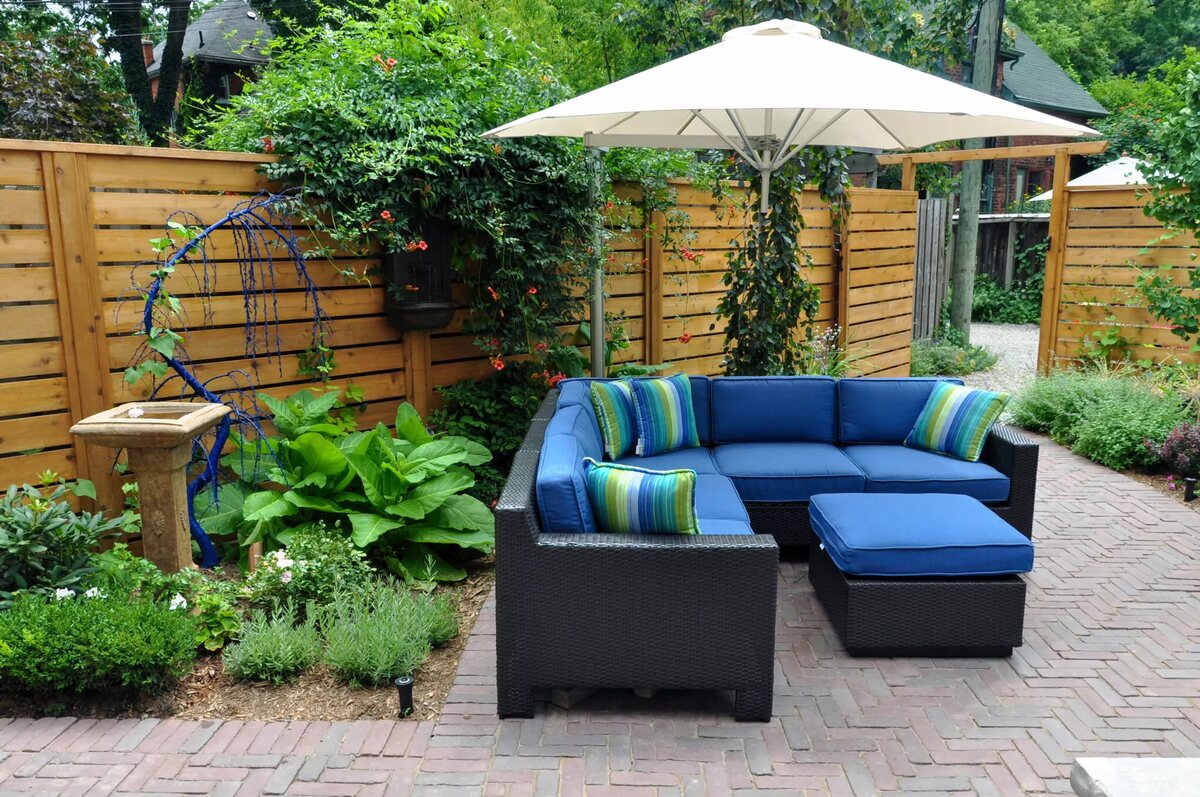


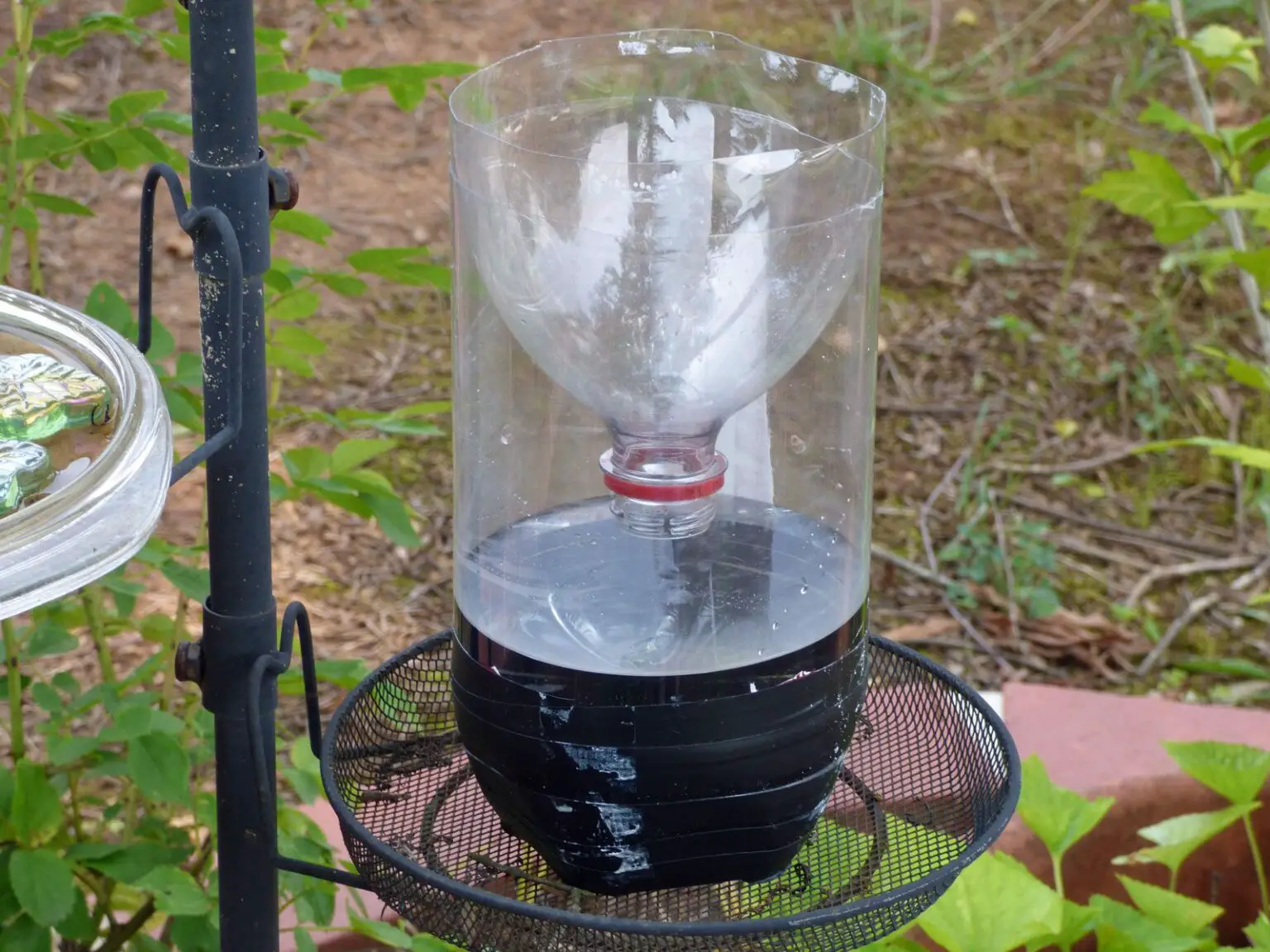
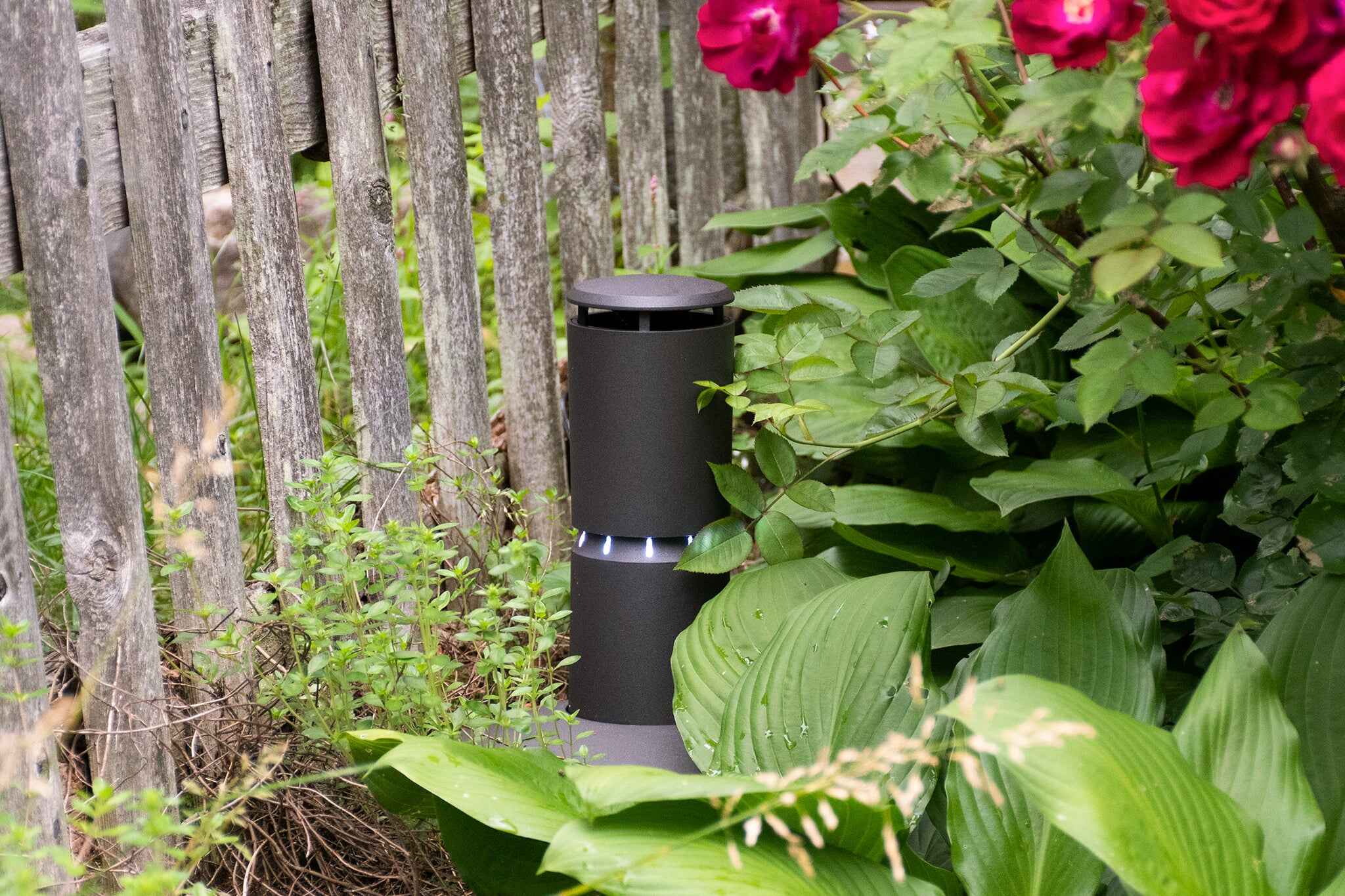
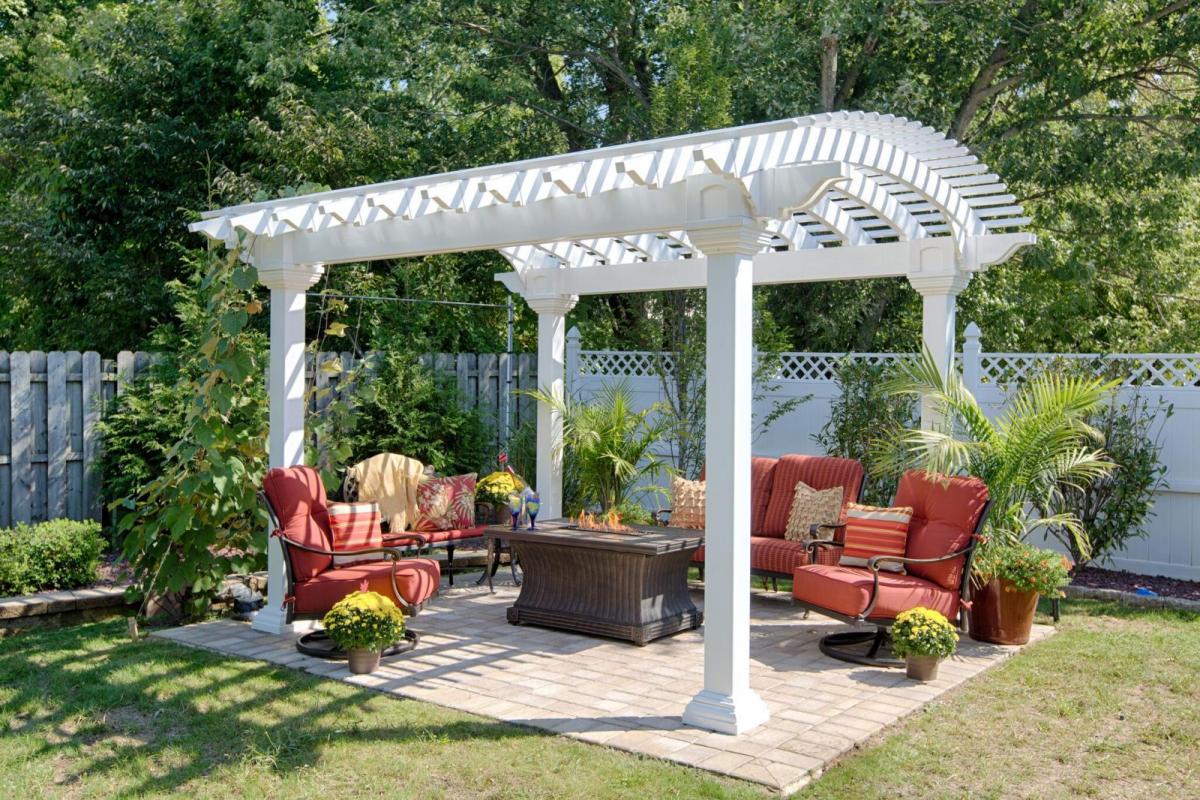
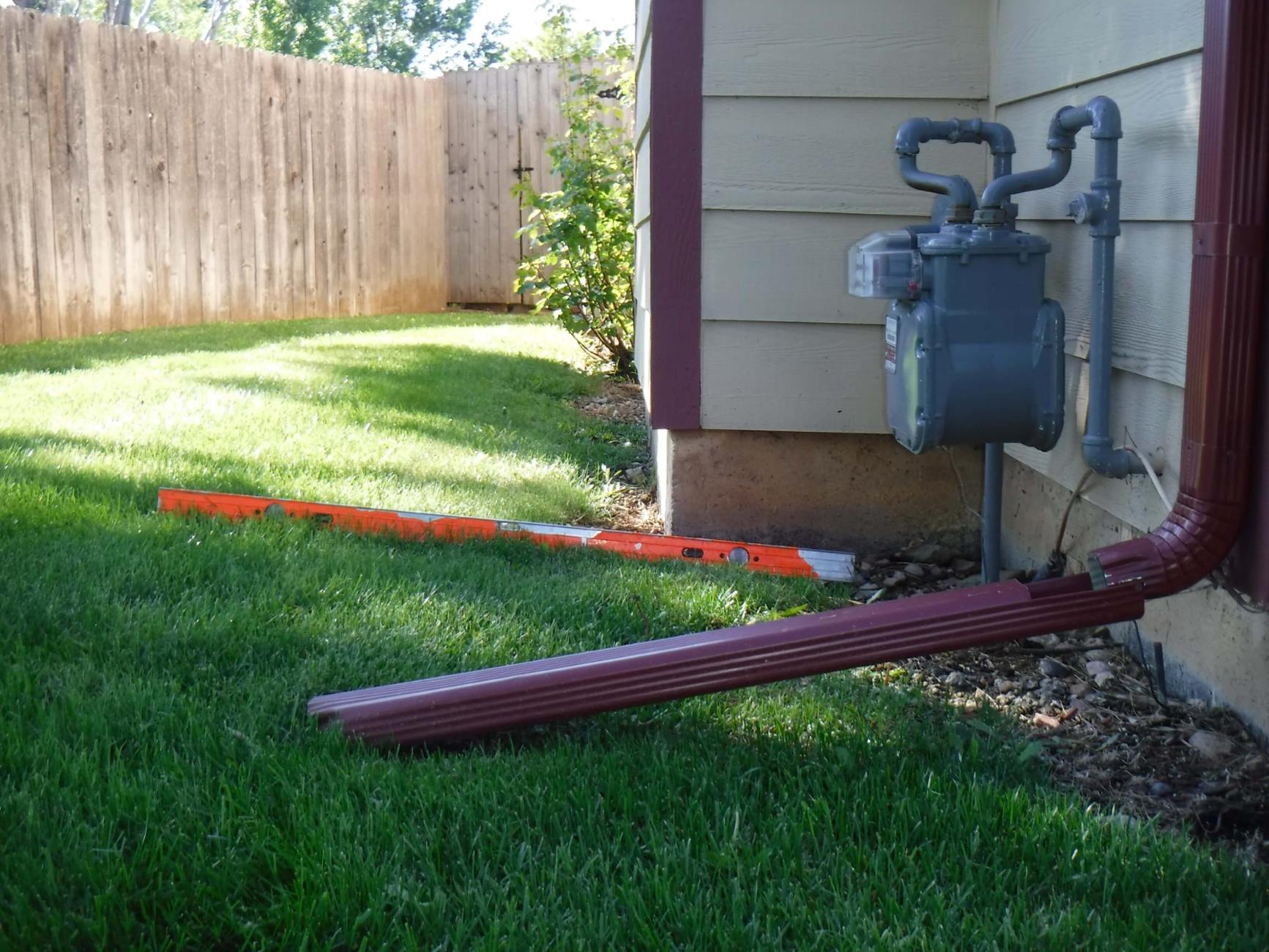


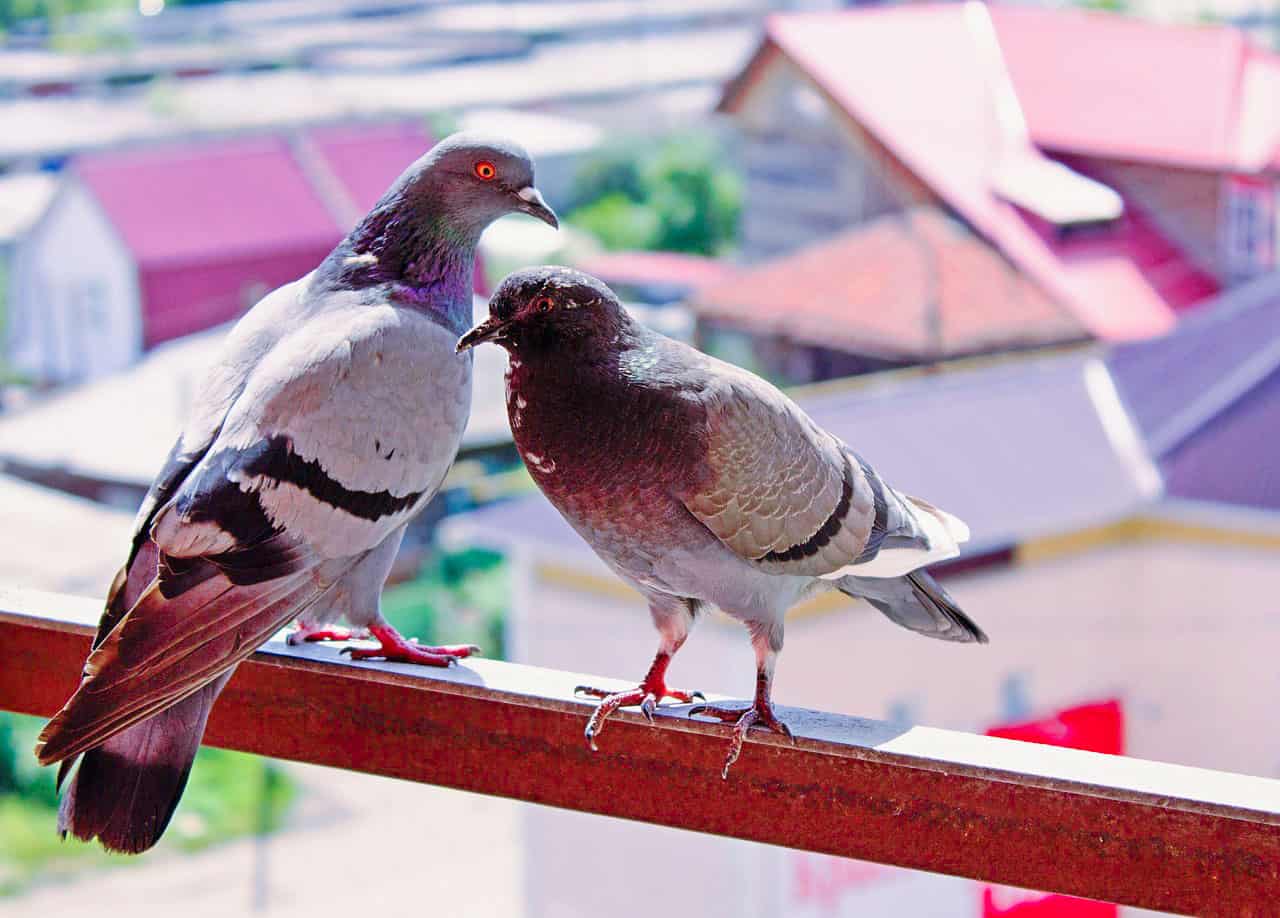
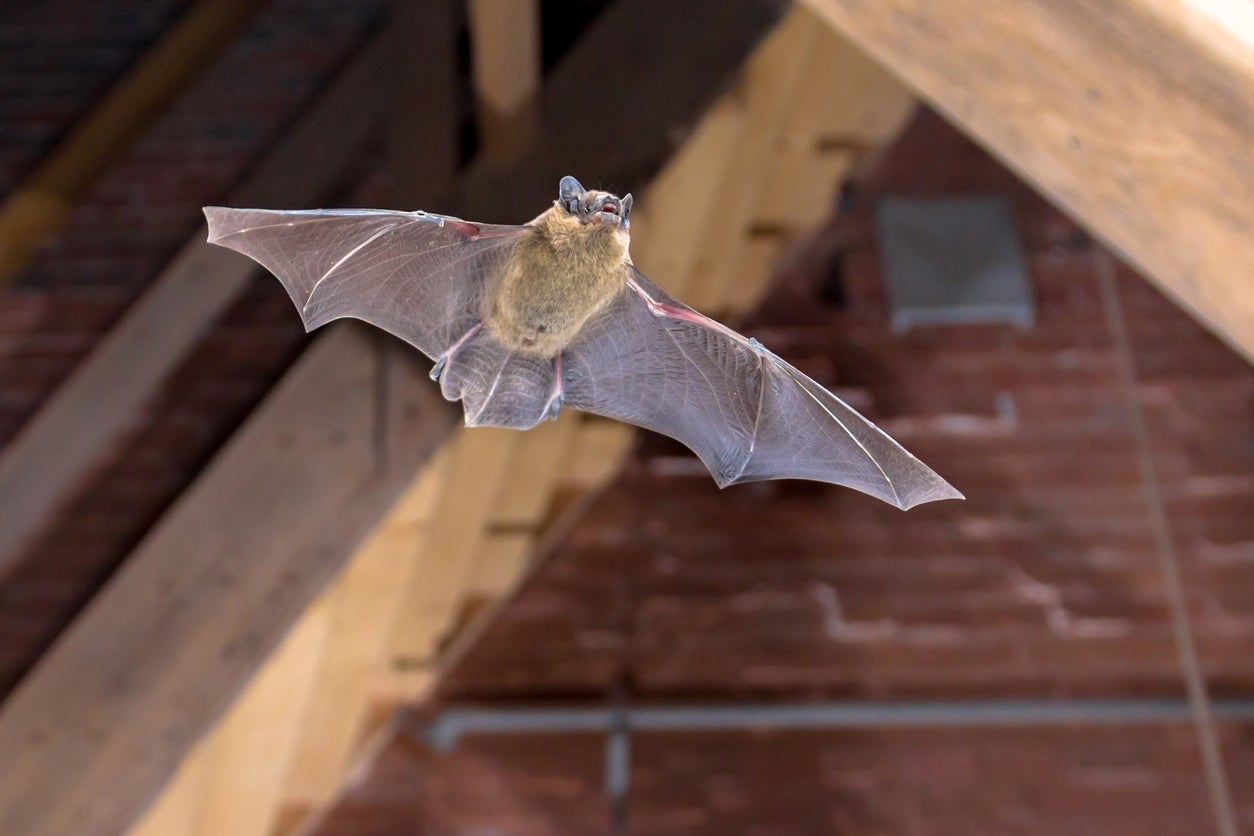
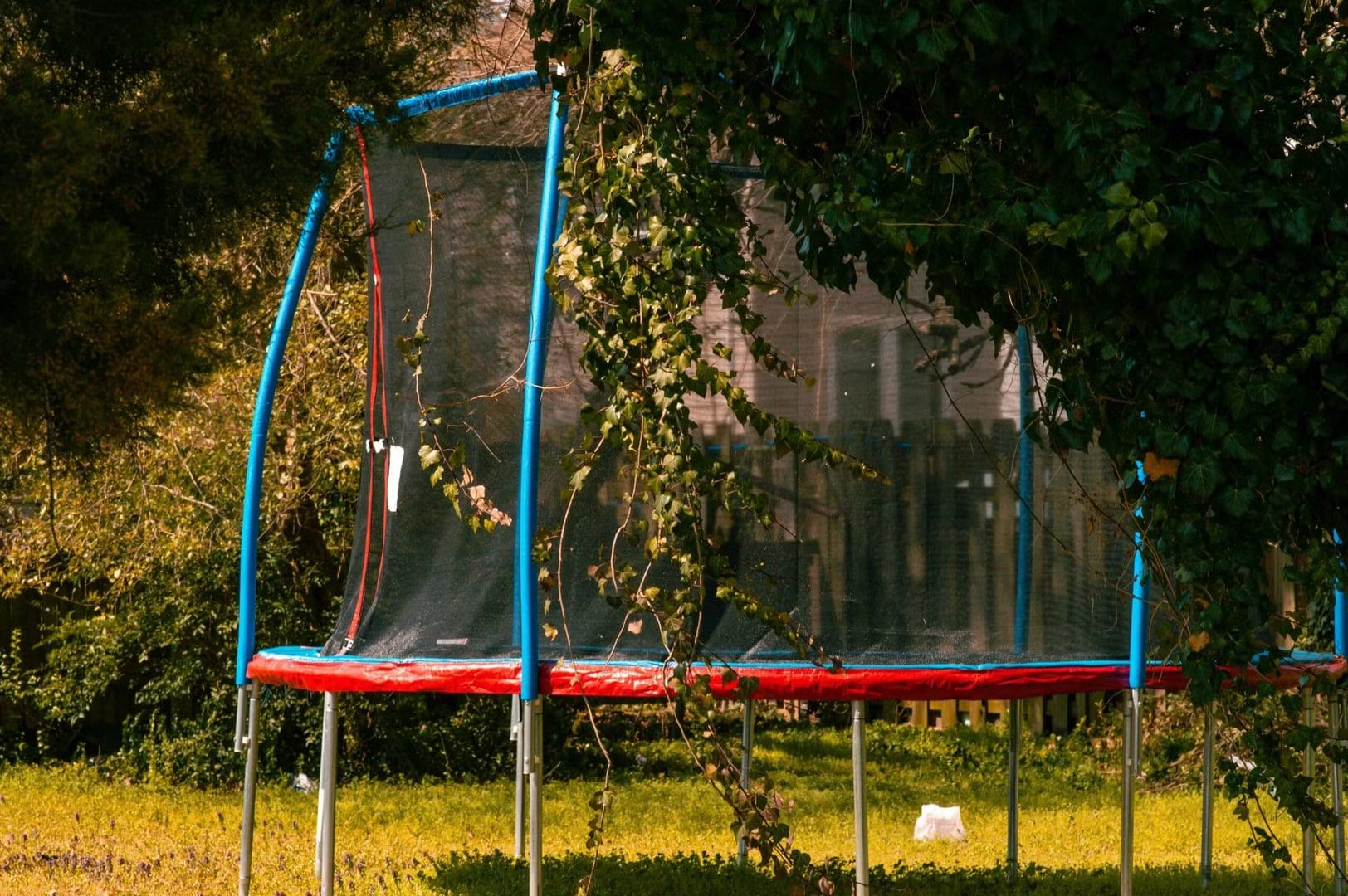
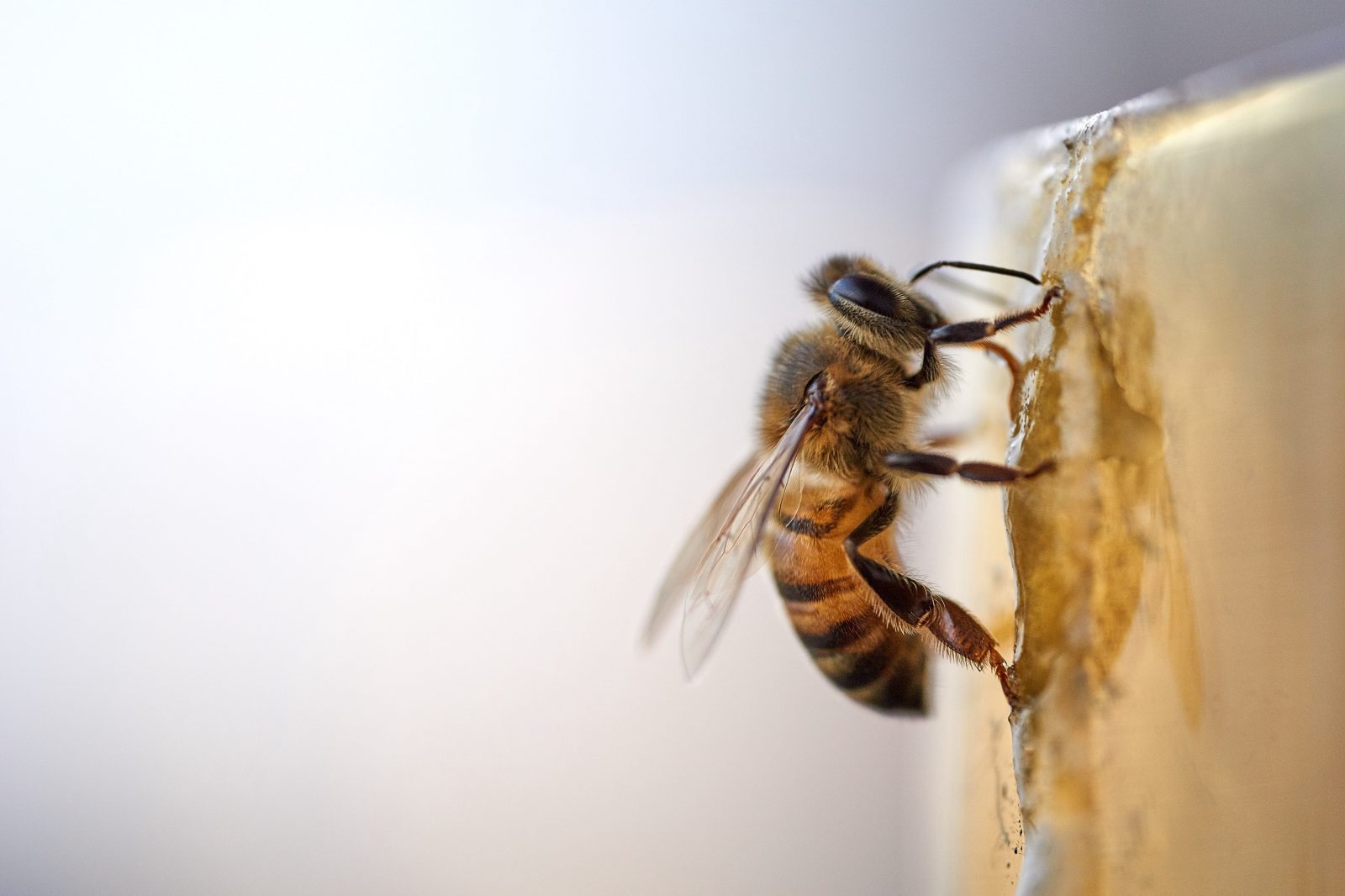
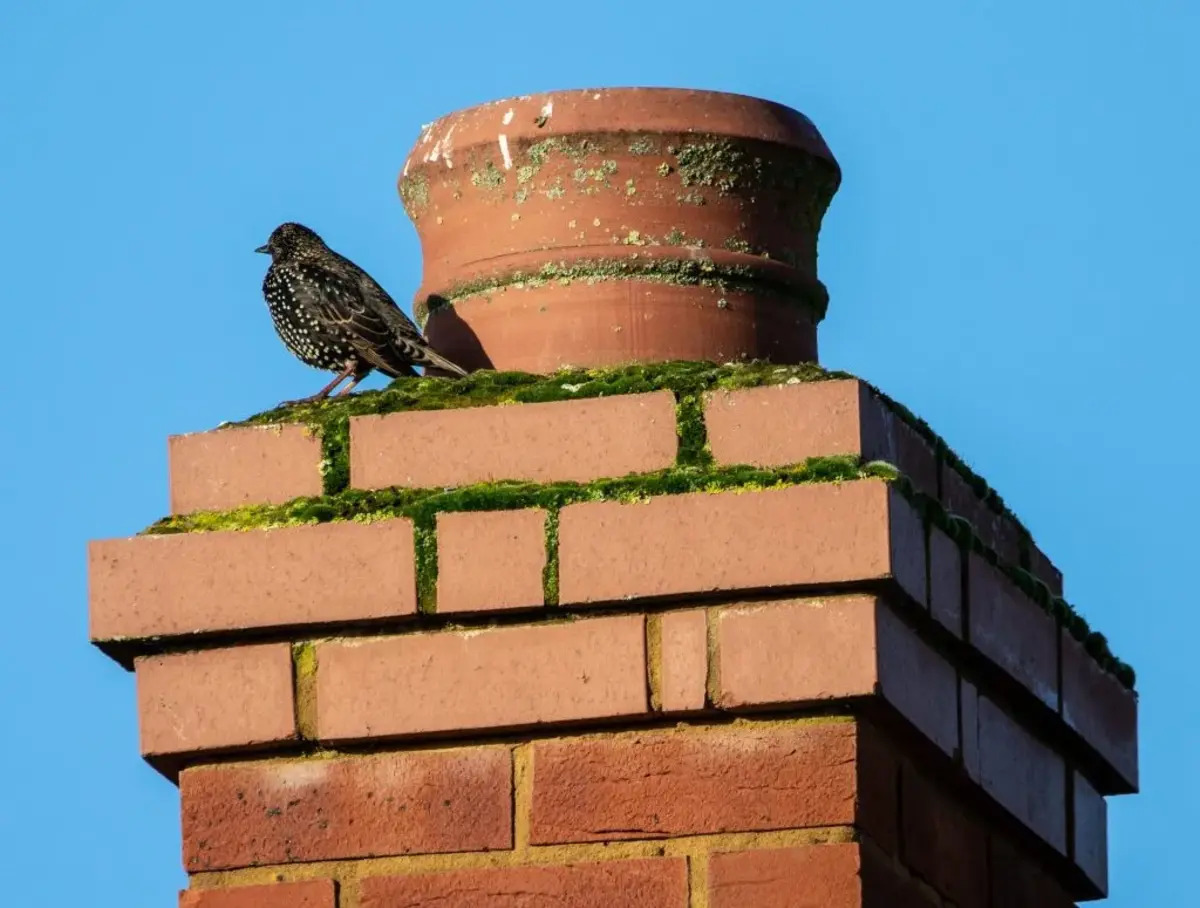

0 thoughts on “How To Keep Grass Seed From Washing Away On A Slope”